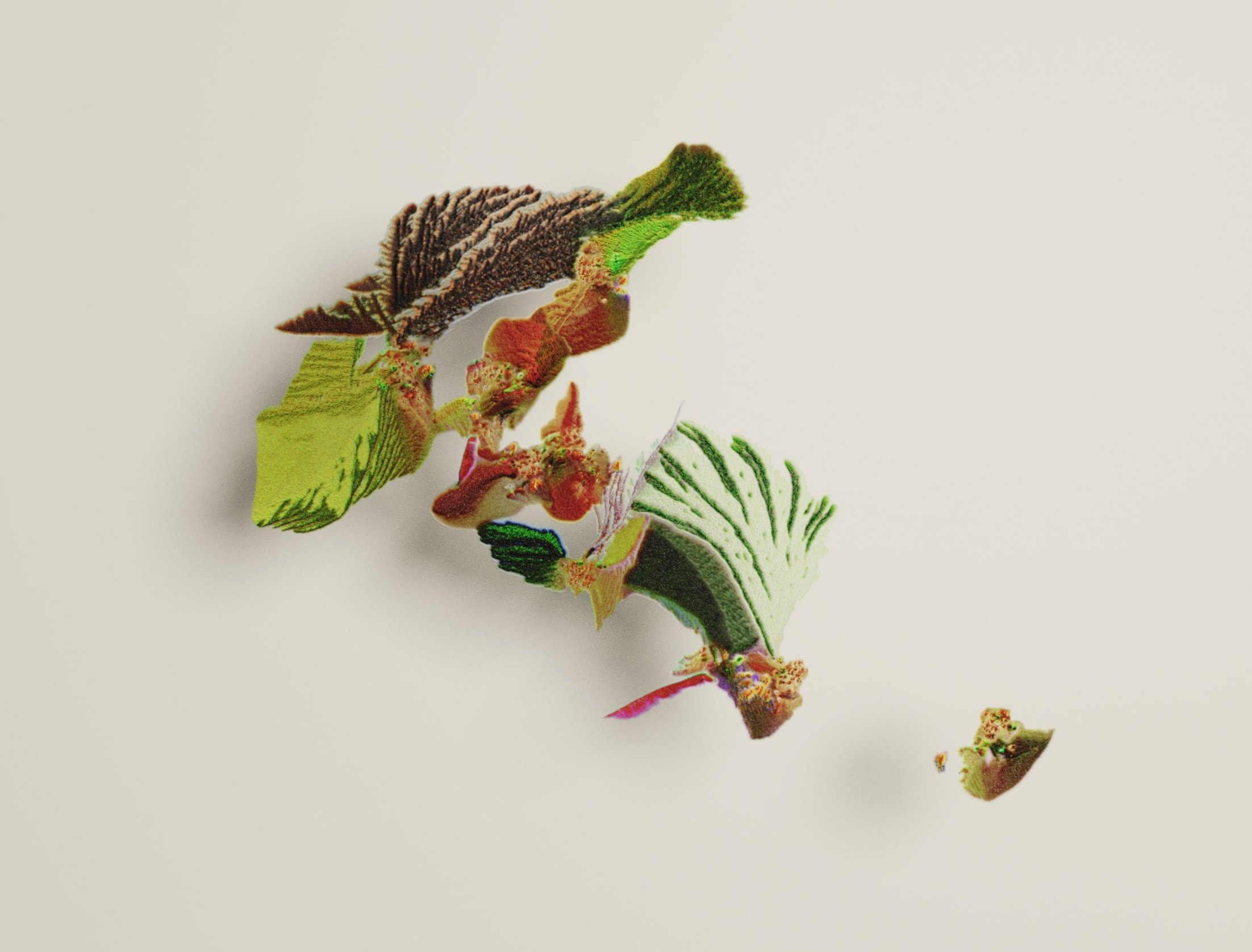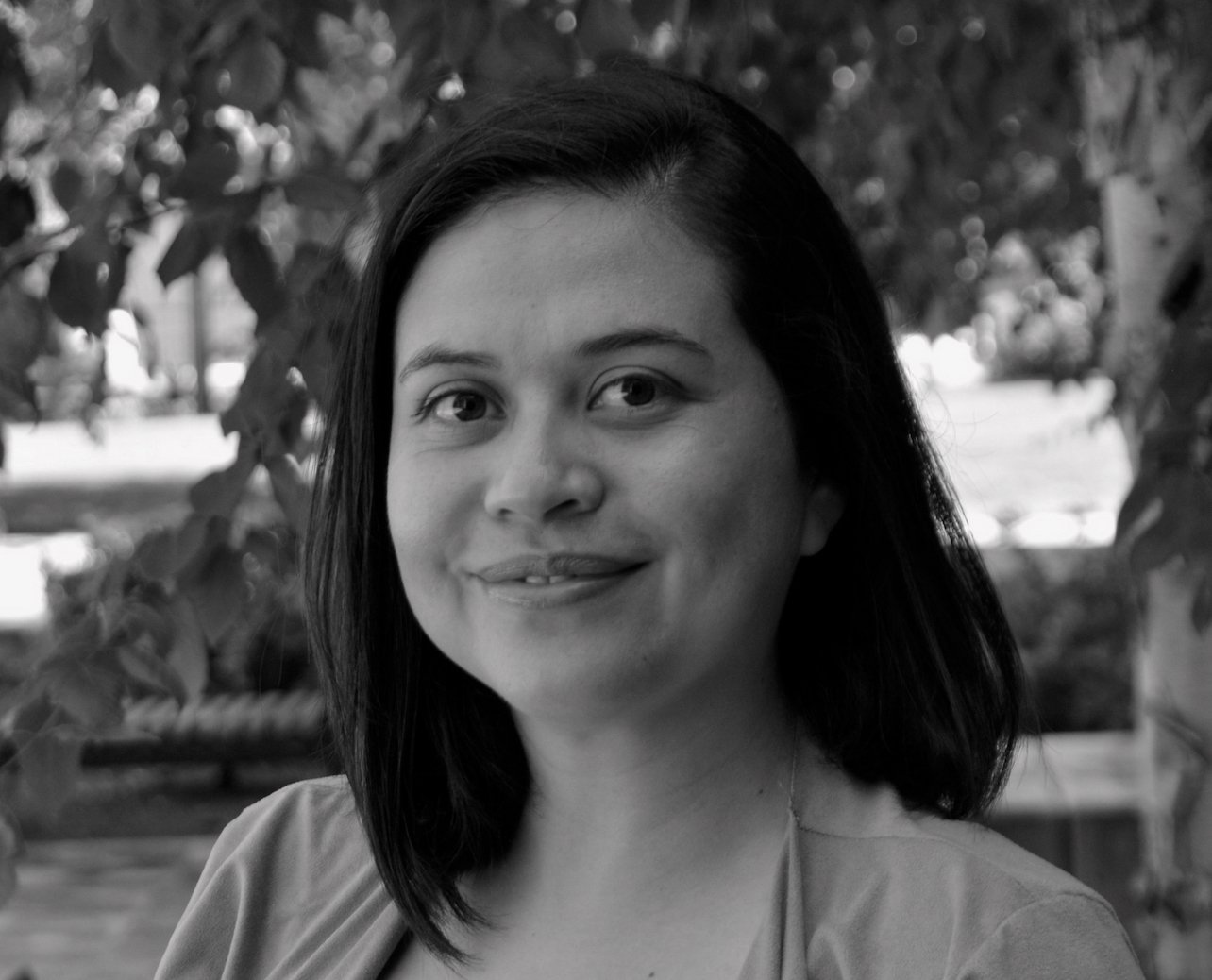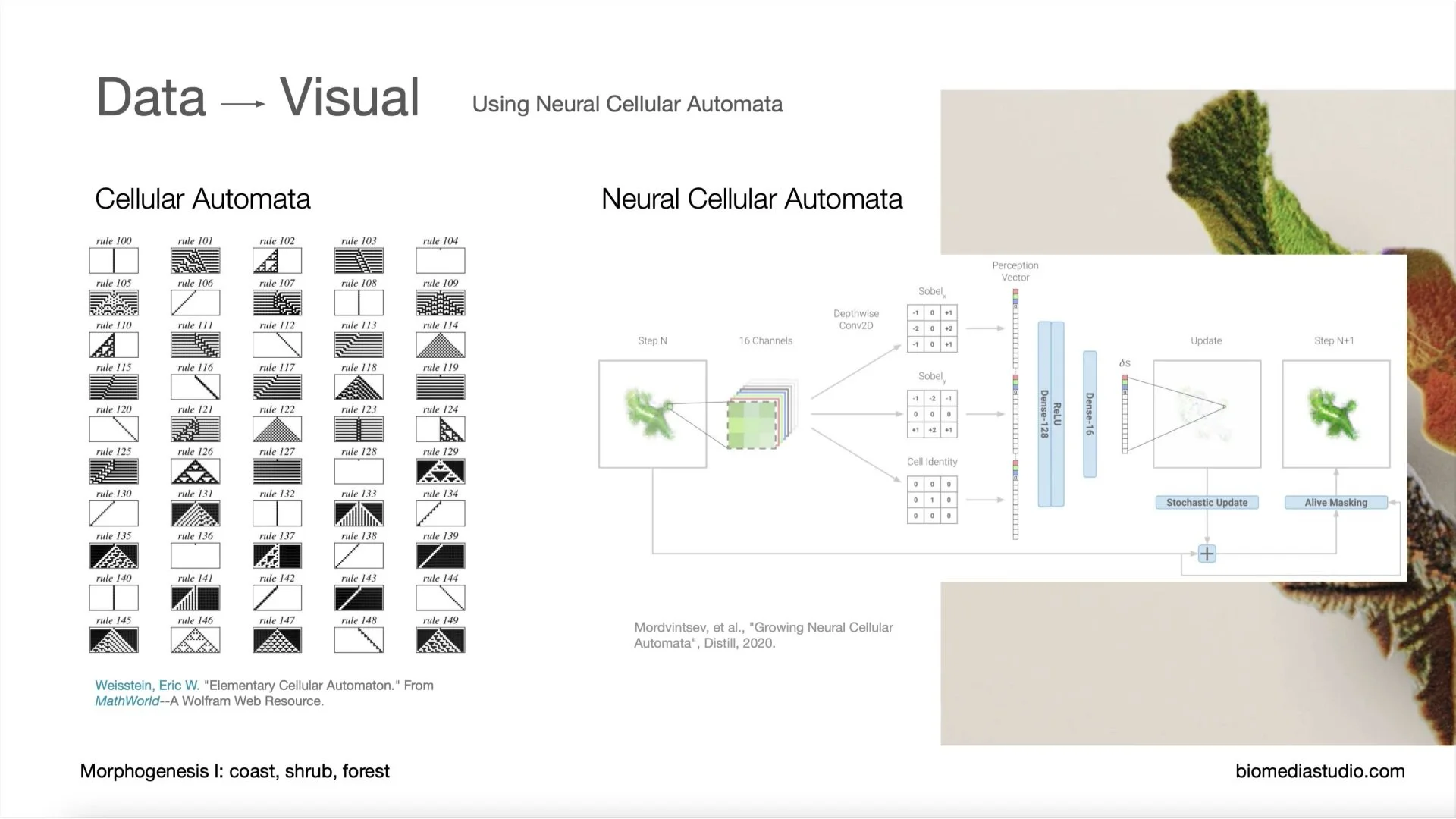
Morphogenesis I : coast, shrub, forest (2021)
Hye Min Cho, Maura Palacios, Maru Garcia
Video, custom software, neural network (Neural Cellular Automata), data visualization of eDNA metabarcoding analysis of California soil microbial biodiversity.
Commissioned piece by the California Natural Resources Agency
Morphogenesis I : coast, shrub, forest is a piece that fuses the tools of molecular biology and artificial intelligence to help understand the complex landscapes of soil microbial biodiversity across three California ecosystems: coast, shrub and forest.
The visuals are a product of data analysis of a microbial dataset produced by the CALeDNA program (1), which includes soil samples collected by community scientists. The samples were processed for eDNA (DNA found in the environment) metabarcoding, which allows for the detection of the community composition across different regions. A custom software was developed using a variation of Neural Cellular Automata (2), a dynamic system that produces visuals starting from a seed and evolving in discrete steps. This method was chosen based on the biological mechanisms of single-cell growth self-assembling into highly complex organisms. In Morphogenesis I, each initial seed corresponds to a sampling area within an ecosystem including the coordinates and relative concentration of the different microbial communities. The visuals show textures, which are interpreted as the presence and interaction of the bacterial phylums corresponding to each sampling area. The impactful visuals capture the beauty and complexity of soil microbial communities and the importance of soil as a source of life.
(1) Lin, Meixi et al. “Landscape analyses using eDNA metabarcoding and Earth observation predict community biodiversity in California.” Ecological applications: a publication of the Ecological Society of America vol. 31,6 (2021): e02379. doi:10.1002/eap.2379
(2) Mordvintsev, A. et al. “Growing Neural Cellular Automata.” Distill (2020): n. pag.
Coast
Shrub
Forest
Behind morphogenesis I
-
Soil is the foundation for healthy ecosystems and plays an important role in sustaining life. Soil serves as the baseline for life and provides a variety of ecosystems and societal functions. Despite sustaining the world’s demands of food, fibers, and fuels, regulating Earth’s air and water quality, and storing greenhouse gases, the value of soil, commonly termed “dirt”, is often dismissed. This human disconnect from this important source of life, especially in the middle of our climate crisis, needs to be addressed as a vital sustainability practice.
Soil health is largely dependent on a diverse thriving microorganism composition. This unseen world of microorganism biodiversity (diversity of life) can be detected, enumerated, and characterized through advancement in molecular methods such as the use of Environmental DNA (eDNA). This tool takes advantage of DNA found in the environment, from organisms in the form of feces, skin cells, pollen, whole cells (microbes) that can then be collected from soil, sediment, water, and even air! We can use the eDNA from the sample to obtain information on the organisms found in soil from microbes, plants, and vertebrates.
In this project, we visually demonstrate the importance of soil as a source of life through the dynamic microbial biodiversity in different California ecosystems. As we continue to better understand the importance of soil, we can become better stewards of this living element in our aquatic and terrestrial landscapes.
-
From the Greek morphê- shape, and genesis- creation, literally means "the generation of form." Morphogenesis is the process that controls the spatial organization and distribution of cells during the development of an organism. An example of this mechanism includes the transformation of a caterpillar to a butterfly, which demonstrates the ability of an organism’s cells to self-organize a new body shape. However, morphogenesis also represents coordinated behavior to build and develop the shape, position, and interconnection of a structure, for example, the replicated pattern of termite mounds. Morphogenesis is a transcending concept that captivates the human imagination.
Morphogenesis captures the essence of this project, by expressing how soil can be considered a complex living organism in combination with the computational process of neural cellular automata.
-
This term includes the fields of Cellular Automata (CA), and Neural Networks. The process involves the generation of something more than images, but closer to a “virtual organism” that, similar to a living body, grows, and responds to changes.
-
In Morphogenesis, the photos represent each of the nineteen phyla found in the tested samples used to train the computer for developing the visuals according to other parameters related to the sample: location and relative concentration.
Here we present each of the microbial groups found in the coastal, shrub, and forest habitats in California.
Biomedia team
-

Hye Min Cho
Hye Min Cho (b. Incheon, South Korea) is a media artist, who uses custom graphic software to visualize the experiences at odd with the normal and the legitimate. Her works are renditions of reality transcoded through computation aiming to visualize the information that may not have practical significance to the human eyes. Hye Min holds a M.F.A in Design | Media Arts from UCLA and a B.Sc in Electrical Engineering and Computer Science from UC Berkeley.
-

Maru Garcia
Maru García is a transdisciplinary artist and researcher working across art + science + environment. Her areas of interest are explorations on biosystems, interspecies relationships, and the capacity of living organisms (including humans) to act as remediators in contaminated sites. Her work highlights the importance of eco-aesthetics, where relationships and community are proposed to build cultures of regeneration. Maru holds an MFA in Design & Media Arts from UCLA as well as an M.S. in Biotechnology and a B.S. in Chemistry both from Tecnológico de Monterrey, México. Currently, she is based in LA.
-

Maura Palacios
Dr. Maura Palacios Mejia is an Assistant Professor of Biology at Mount San Antonio College. She incorporates culturally relevant, active, and student centered pedagogy. Her research focuses on applying environmental DNA (eDNA; DNA found in the environment) to address issues in conservation and restoration. Dr. Palacios Mejia obtained her doctorate degree in Wildlife & Fisheries Sciences from Texas A&M University, M.S. degree in Biology from California State University, Los Angeles and B.S. in Marine Biology & Zoology from California State University, Long Beach.



